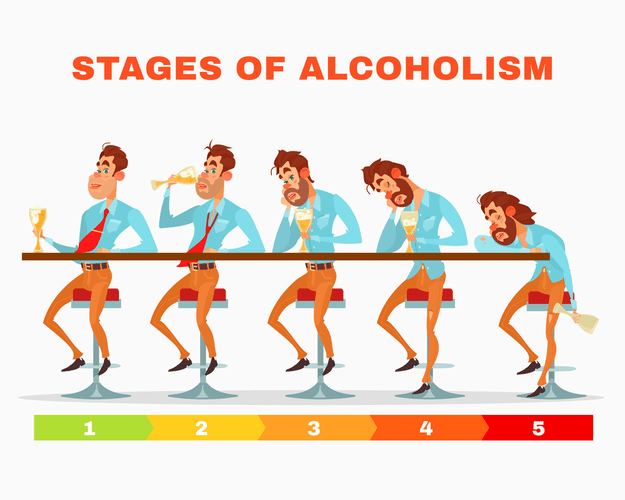27 Αυγ Cognitive Dissonance Introduction to Psychology
Importantly, self-affirmation theory proposes that threats to the self-system can be corrected in a variety of ways, not just by correcting the specific wrong. In a classic 1975 study of self-affirmation theory, Steele and colleagues (as cited in Cooper, 2007) showed that women whose sense of self was threatened – researchers told them their neighbors thought they were unhelpful – could restore their integrity by volunteering for a charity. Surprisingly however, women who were told they were bad drivers could also restore their sense of integrity/self by volunteering for a charity. Festinger’s theory helped move the study of social psychology forward by introducing the concept of cognitions. When two cognitions are opposed to one another, or when “the obverse of one…would follow cognitive dissonance and addiction from the other,” dissonance occurs.
How Cognitive Dissonance Affects Behavior
In fact, psychologists who study cultural psychology have found that many phenomena that were once assumed to be universal may actually be unique to Western countries. How does culture influence the experience and resolution of cognitive dissonance? Cultural norms and values shape the perceived importance of different cognitions and the available strategies for resolving dissonance. After listing in on the discussion, subjects were asked to evaluate how interesting they found it. The subjects marijuana addiction whose strong initiation required reading aloud obscene words evaluated the discussion as more-interesting than the subjects of the mild initiation group. The reading of obscene sexual words to be initiated to the discussion involved a greater investment by the subjects than reading non-obscene words.

Changing Behavior
- Later, when the children were told that they could freely play with any toy they wanted, the children in the mild-punishment group were less likely to play with the steam shovel (the forbidden toy), even though they knew that they would no longer receive a punishment.
- Central to the theory is the idea that when a person holds two conflicting cognitions—such as believing smoking is harmful while continuing to smoke—they experience dissonance.
- Receiving only one dollar did not seem to justify lying to the confederate and compelled subjects in the one-dollar group to internalize the “interesting task” mental attitude.
- Zanna and Cooper (1974, as cited in Cooper, 2007) designed the first set of studies – called misattribution studies – to answer this question.
He can tell himself, “I am becoming stronger, healthier, and sharper. What I am doing is really important.” If this is his belief, he will realize that he is becoming stronger through his challenges. He then will feel better and not experience cognitive dissonance, which is an uncomfortable state. Later research documented that only conflicting cognitions that threaten individuals’ positive self-image cause dissonance (Greenwald & Ronis, 1978). Additional research found that dissonance is not only psychologically uncomfortable but also can cause physiological arousal (Croyle & Cooper, 1983) and activate regions of the brain important in emotions and cognitive functioning (van Veen, Krug, Schooler, & Carter, 2009). Cognitive dissonance theory https://newyork-barbershop.com/support-groups-for-alcohol-addiction/ might suggest that since votes are an expression of preference or beliefs, even the act of voting might cause someone to defend the actions of the candidate for whom they voted,90




No Comments